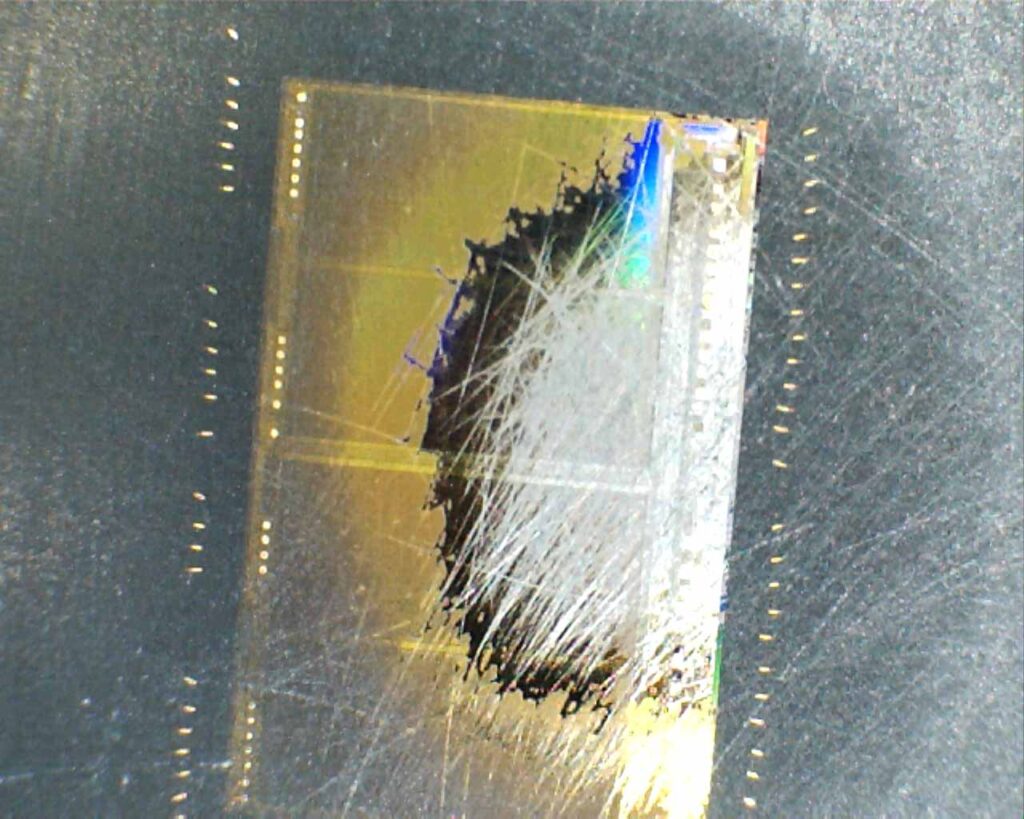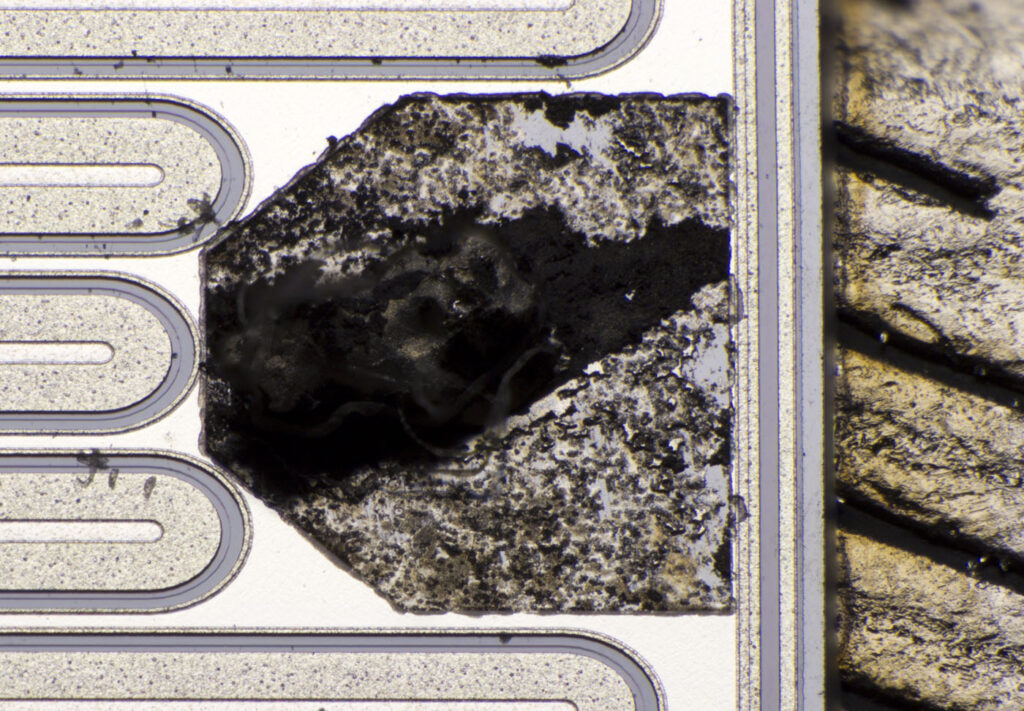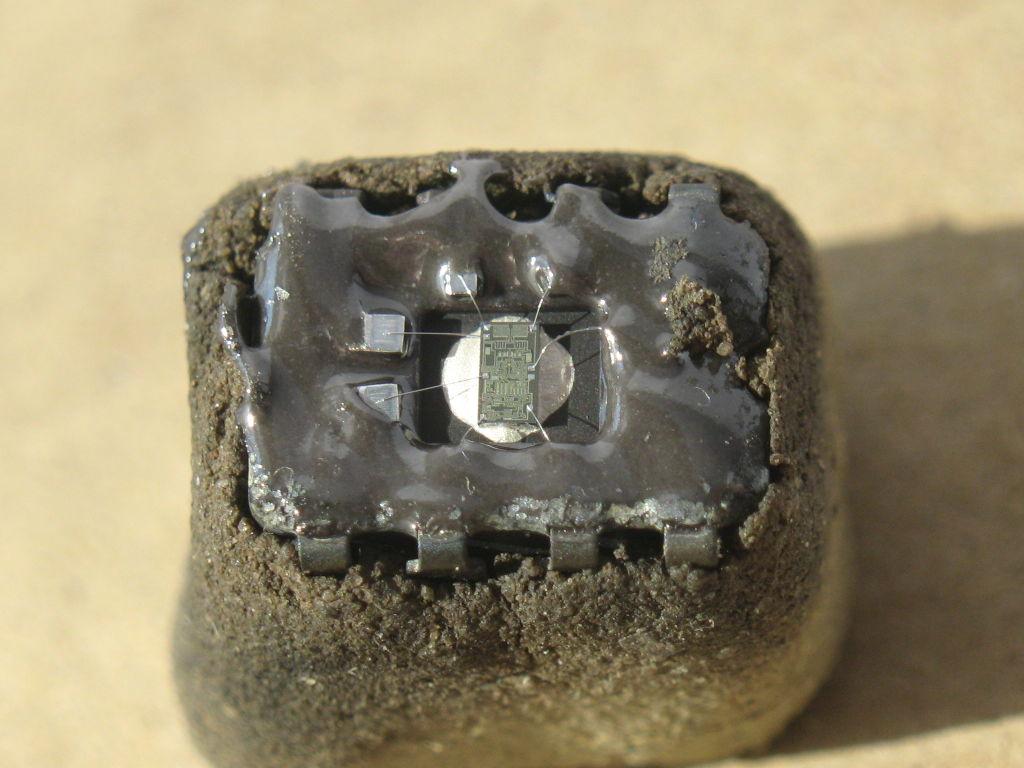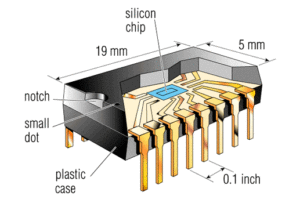Clone STM32F102C6 Chip Flash Firmware
Our specialized service for Clone STM32F102C6 Chip Flash Firmware offers precise replication of the STM32F102C6 microcontroller’s embedded firmware, enabling seamless backup, recovery, or duplication of critical data. Ideal for industrial maintenance, device replication, or legacy system upgrades, we ensure your operations remain uninterrupted even if original firmware is lost.

Facilities & Process:
Using advanced tools like ST-Link/V2 programmers, J-Link debuggers, and universal flash extractors, we interface with the chip via SWD/JTAG protocols to securely extract firmware. Software suites such as STM32CubeProgrammer and OpenOCD decode and verify the binary, ensuring data integrity through checksum validation. For surface-mounted chips, we employ ESD-safe desoldering/soldering equipment to handle hardware without damage.

The cloned firmware is then programmed onto a new STM32F102C6 using high-precision programmers, followed by rigorous testing to confirm functionality. We adhere to ethical guidelines, cloning only chips with disabled read-protection or proper authorization, respecting intellectual property rights.
Benefits:
- Secure extraction in an ESD-protected environment.
- Data integrity checks at every stage.
- Fast turnaround for industrial or prototyping needs.
Trust our expertise to deliver reliable, compliant firmware cloning solutions, preserving your device’s performance while safeguarding sensitive data. Contact us to replicate or recover your STM32F102C6 firmware with confidence.
The STM32F102C6 value line embeds a HDMI-CEC controller that provides hardware support of consumer electronics control (CEC) (Appendix supplement 1 to the HDMI standard) to Break IC code. This protocol provides high-level control functions between all audiovisual products in an environment to Clone STM32F102C6 Chip Flash Firmware. It is specified to operate at low speeds with minimum processing and memory overhead.

Each of the GPIO pins can be configured by software as output (push-pull or open-drain), as input (with or without pull-up or pull-down) or as peripheral alternate function to provide better support on Unlock MC68HC08GP32 Chip Flash Heximal. Most of the GPIO pins are shared with digital or analog alternate functions. All GPIOs are high current- capable except for analog inputs.
The I/Os alternate function configuration can be locked if needed following a specific sequence in order to avoid spurious writing to the I/Os registers.
This feature allows the use of a maximum number of peripherals in a given application. Indeed, alternate functions are available not only on the default pins but also on other specific pins onto which they are remappable in order to Pull Microcontroller Chip Motorola MC68HC11A0FN3. This has the advantage of making board design and port usage much more flexible.

For details refer to Table 4: STM32F102C6 pin definitions; it shows the list of remappable alternate functions and the pins onto which they can be remapped. See the STM32F10xxx reference manual for software considerations.
The 12-bit analog to digital converter has up to 16 external channels and performs conversions in single-shot or scan modes. In scan mode, automatic conversion is performed on a selected group of analog inputs. The ADC can be served by the DMA controller to facilitate the process of Unlock Microcontroller PIC16LF946 Protected Heximal. An analog watchdog feature allows very precise monitoring of the converted voltage of one, some or all selected channels. An interrupt is generated when the converted voltage is outside the programmed thresholds.

